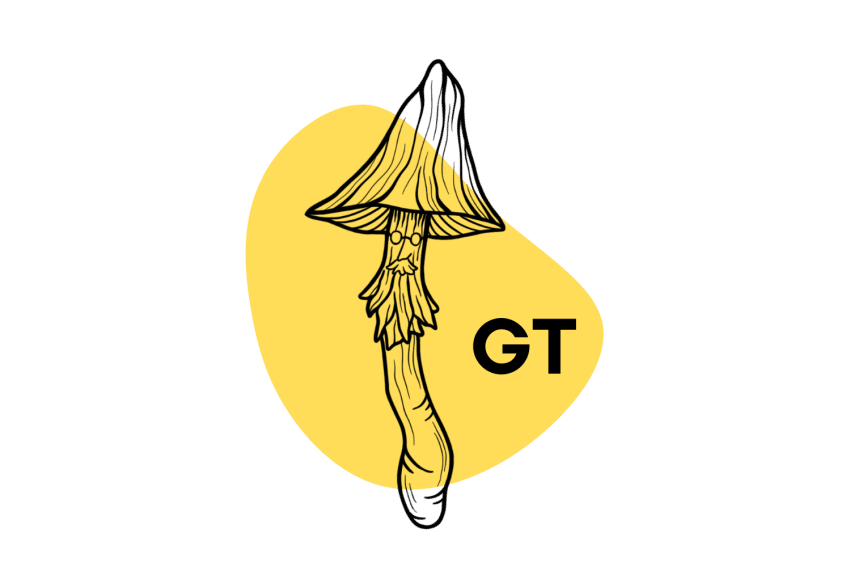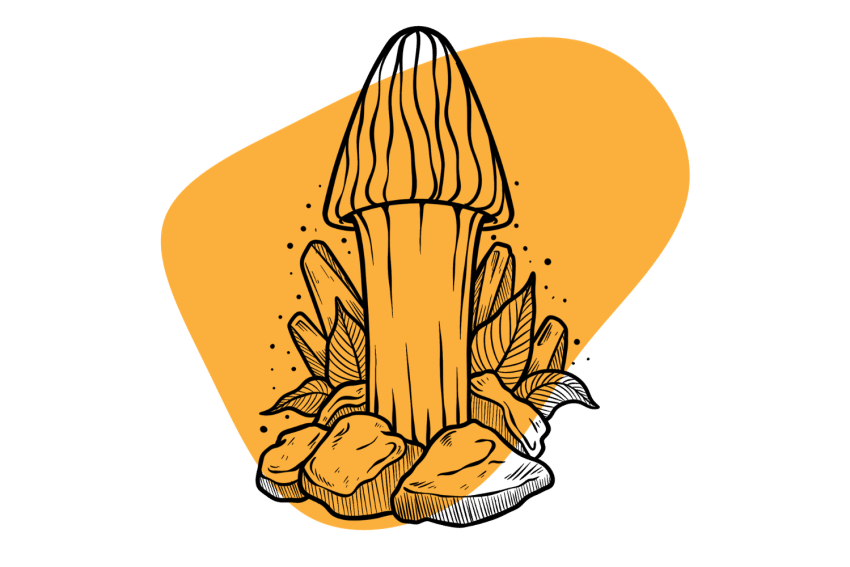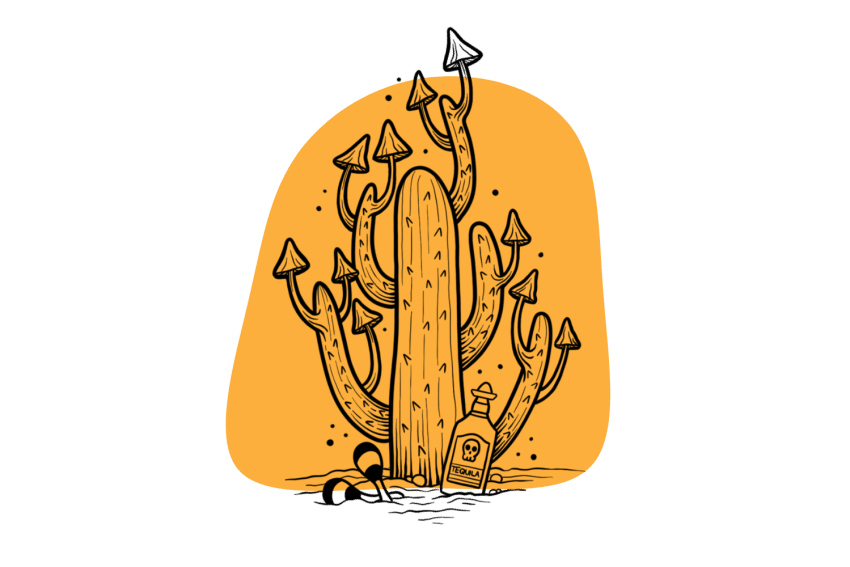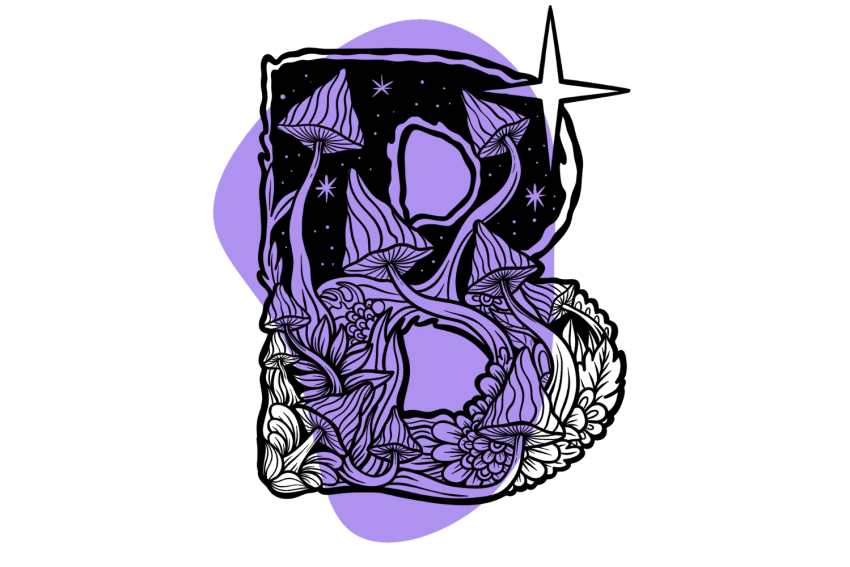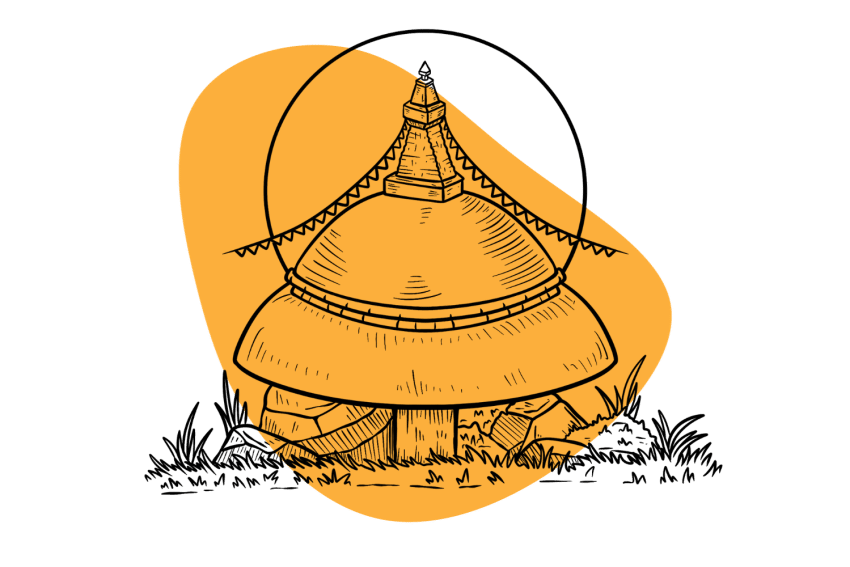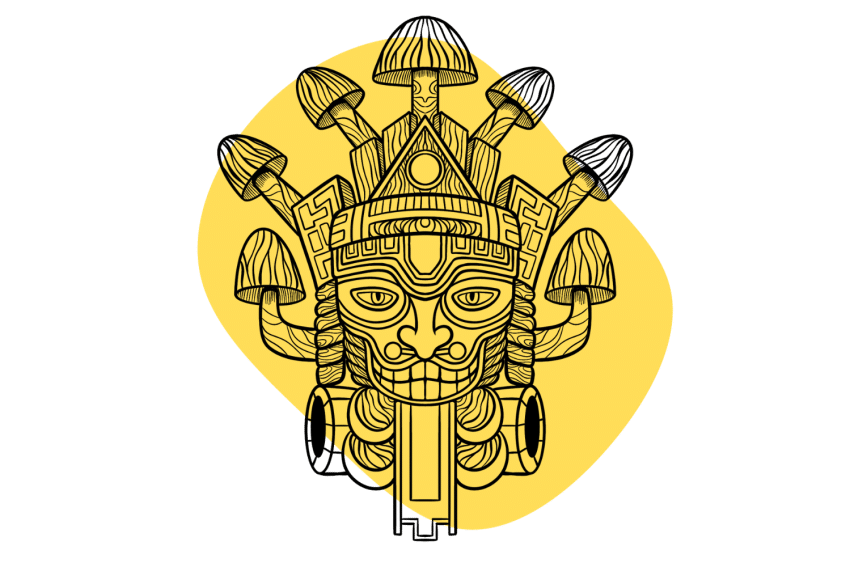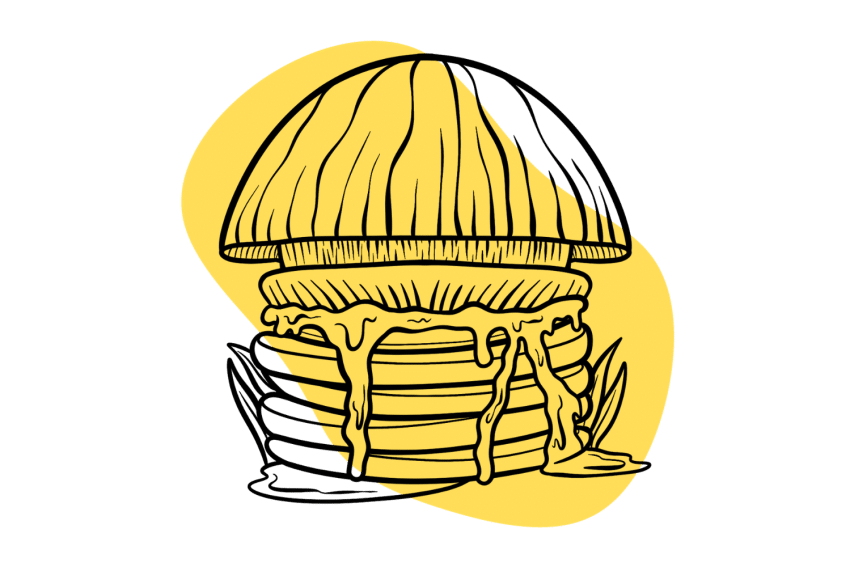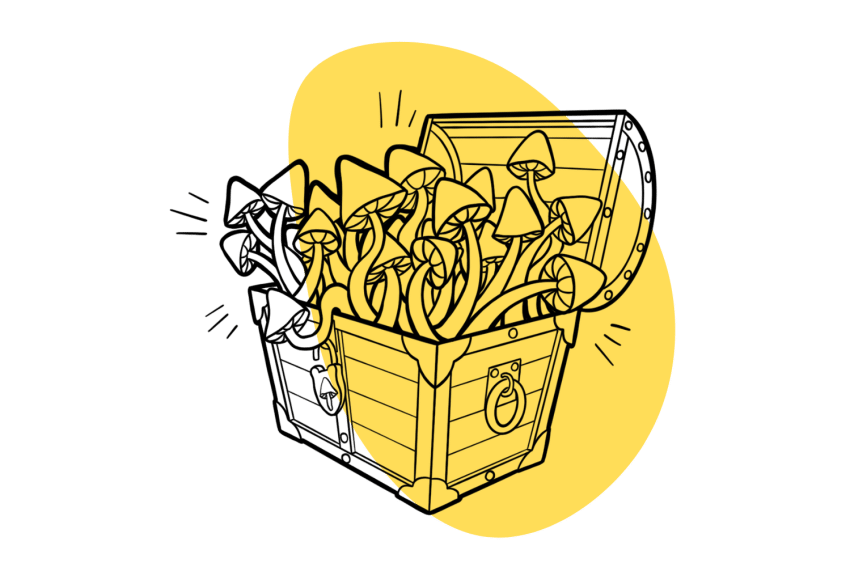Xapuri Shroom Strain — Massive Shrooms With an Equally Impressive Potency
The behemoths known as Xapuri hail from Mexico and are notoriously potent.
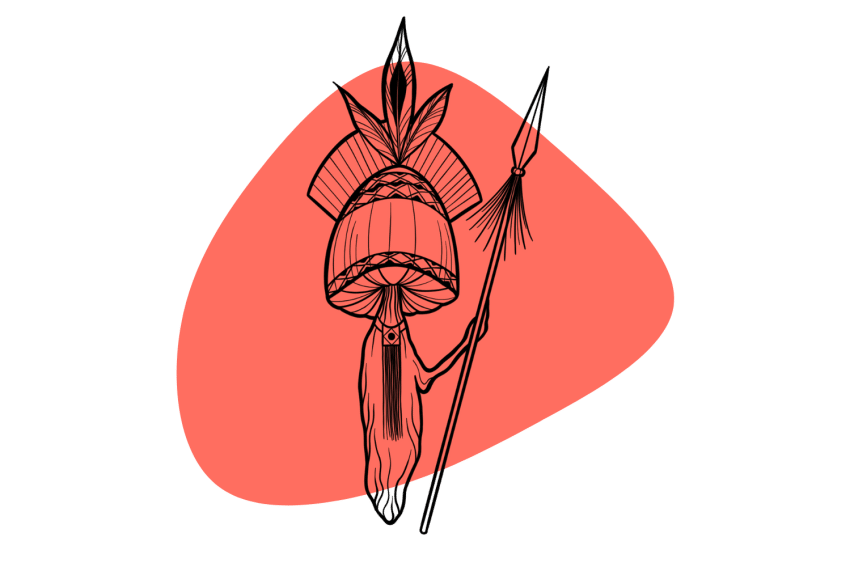
South America is home to an impressive array of magic mushroom strains, many of which are known for their larger-than-average size and high potency.
The Xapuri strain is absolutely no exception, with fruiting bodies so large that the stems often can’t support them.
In fact, the shrooms’ size makes them a challenge to grow since they can topple over and mold in the fruiting chamber if you’re not careful.
It’s not uncommon to have dinner-plate-sized caps on thick, healthy stems with the Xapuri strain. For many cultivators, this is a great strain for producing photo-worthy fruiting bodies, but getting there can prove challenging to the novice grower.
The Xapuri strain was first collected in Brazil in 2009. The original sample was supposedly collected on the side of BR317, a highway stretching from Boca de Acre to Senador Guiomard in the State of Acre.
Xapuri Shrooms Specs
| Potency | Above Average 💪 |
| Cultivation | Intermediate |
| Species | Psilocybe cubensis |
| Substrate Recommendation | Rye Grain With Thick Casing |
| Cost | $ |
| Sold By | Ralphsters Spores, Free Spores, High Desert Spores, Quality Spores Store |
Potency & Psilocybin Content
Most people who take these shrooms state that the experience is far more intense than most other strains. There are no good sources of quantified information on the tryptamine content of Xapuri to date. Still, we estimate the potency to be somewhere between 1% and 2% on average for this strain based on its subjective effects.
The average Psilocybe cubensis strain is between 0.5% and 0.9% total tryptamine concentration (refers to the combined psilocybin, psilocin, and other tryptamines like baeocystine).
We often turn to the Oakland Hyphae Psilocybin Cup results to get the most recent reports of expert-grown psilocybin mushroom potencies — however, there was no Xapuri samples have ever been entered into the competition.
Where to Buy Xapuri Shroom Spores
If you live in the United States, you can pick up these spores from Ralphster’s Spores, Free Spores, High Desert Spores, or the Quality Spores Store.
If you live in Canada, you can check Sporeslab.
If you live in Europe, you can try The Magic Mushroom Shop, Kosmic Kitchen, or Viking Spores.
Related: How & Where to Buy Magic Mushroom Spores (Legally).
How to Grow Xapuri Shrooms
Xapuri shrooms are best reserved for experienced cultivators because they tend to need some tender loving care in the fruiting chamber that most other strains don’t require.
The caps grow to massive sizes, sometimes stretching to diameters of around six inches. With caps this large, the BRF cakes most growers use can fall over, leaving the fruiting bodies lying on the moist vermiculite to mold. You need to keep a close eye on this strain or risk ruining your batch.
We also recommend avoiding the BRF tek altogether for this strain and going with rye grain instead. Use a nice thick layer of casing to give the mushrooms ample support. If you spread the mycelium too thin, they’re likely going to fall over.
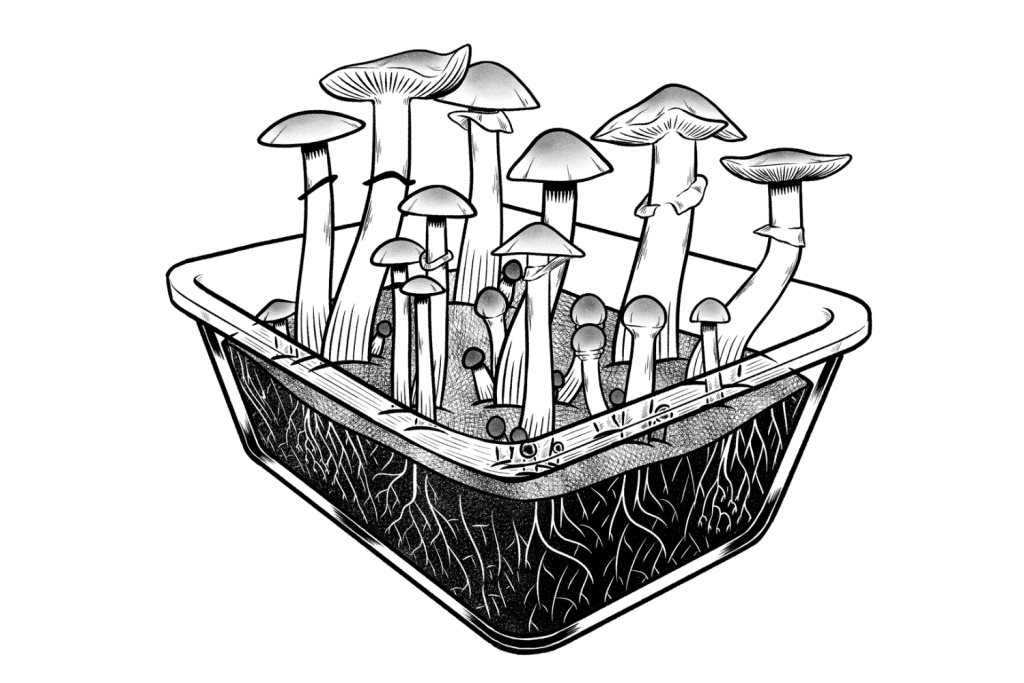
With that being said, this strain does colonize more quickly than most others, so it has great resistance to mold and contaminants.
This strain usually produces a decent first flush, but the biggest shrooms come during the second and third flush. So be patient with this one. If you’re not getting the massive shrooms you were expecting, a quick dunk in ice water between flushes can usually get them going strong.
For a more general guide on growing Psilocybe cubensis shrooms, check out our complete magic mushroom cultivation instructions.
Similar Strains
The Xapuri strain is sought after for the massive fruiting bodies it creates, but some people seek out other large fruiters because of the difficulty in growing this strain.
Below are some alternatives that provide a similar experience but are a bit easier to cultivate.
Further Reading: Check out the full list of magic mushroom strains.
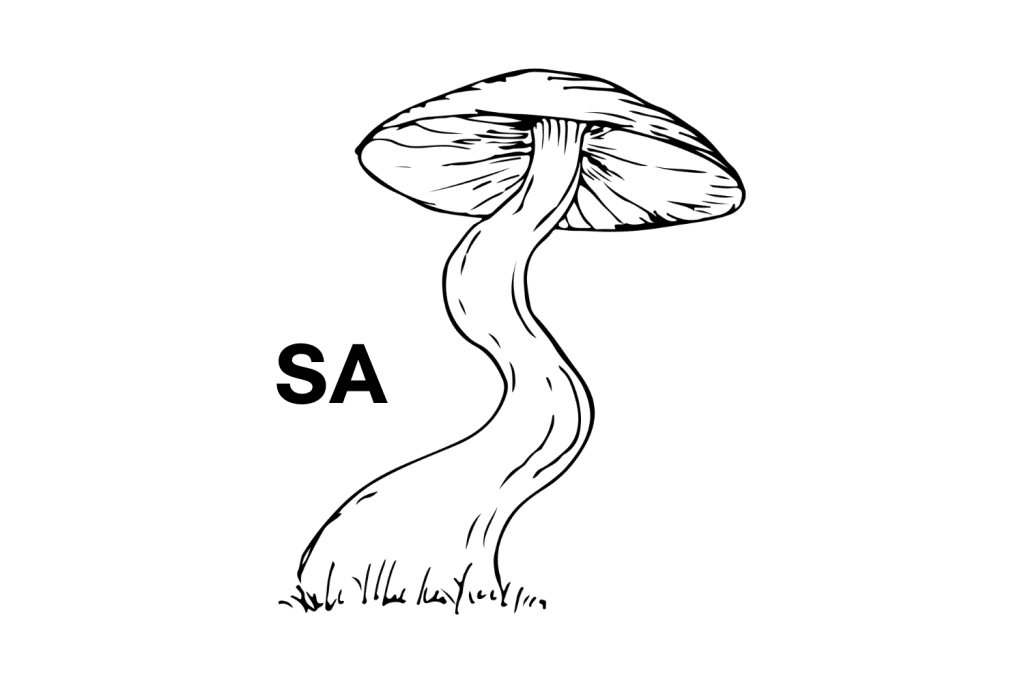
South American Shrooms
The South American strain currently holds the world record for the largest cubensis fruiting body ever cultivated. This strain consistently produces massive shrooms, and it’s far easier to cultivate than the Xapuri strain. The stems are thick and dense, so you’re unlikely to have the same issues with the BRF cakes toppling over. Plus, this strain has a similar potency to Xapuri shrooms.
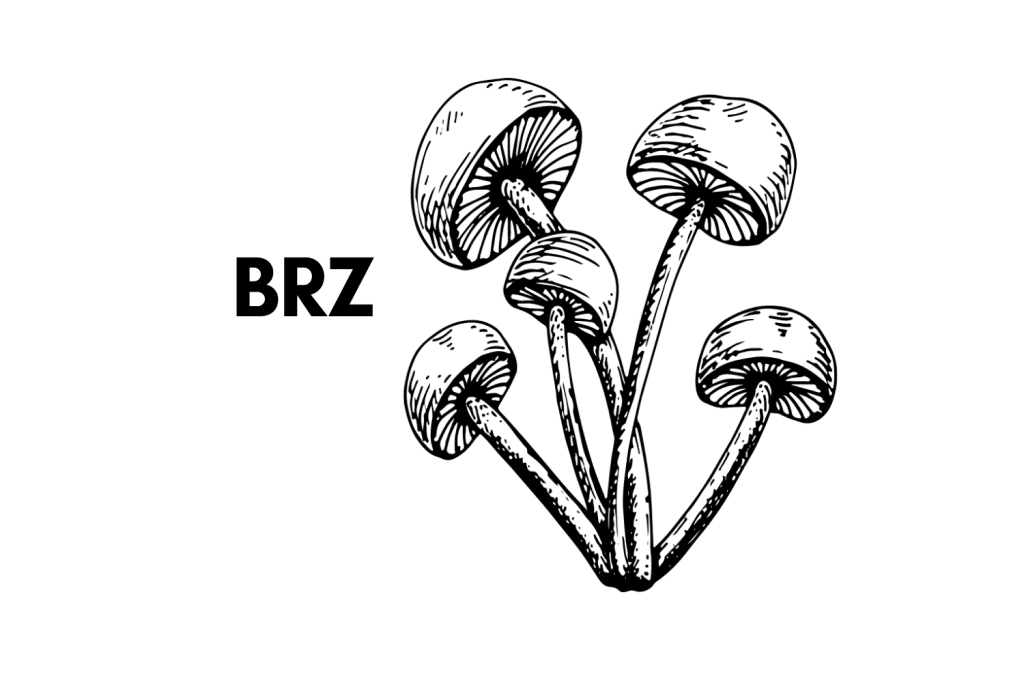
Brazilian strain
As the name suggests, the Brazilian strain originated in Brazil. Little is known about its exact origin, but it shares a massive fruiting body size and an above-average potency with the Xapuri strain.

Campinas Strain
The Campinas strain was first collected in Campinas in Sao Paulo, Brazil. This strain’s origin is about 1,500 miles from where the Xapuri strain was collected, so it’s more likely that the shared ancestor strain existed many years ago. However, it’s above-average potency and has a large fruiting body size, much like the Xapuri strain. This strain is exceedingly hard to find.
Carumba Strain
The Carumba strain was collected in Carumba in the State of Mato Grosso Do Sul in Brazil. Like the Xapuri strain, this strain also produces massive caps and is a rapid colonizer, making it relatively resistant to molding during incubation.

Rosa’s Strain
Rosa’s strain was collected by Pitbull, a member of the Brazilian community Cogumelos Magicos and named after the farm owner from which the original sample was taken. Like the Xapuri strain, this one grows large caps on long, thin stems that sometimes give cultivators issues standing on their own.

Orissa India Shrooms
The Orissa India strain previously held the world record for the largest fruiting bodies, and it produces large caps atop thick stems that are hearty and relatively easy to grow. This is a fast colonizer, so it’s also fairly resistant to mold. Orissa India shrooms tend to have a similar potency to the Xapuri strain as well.
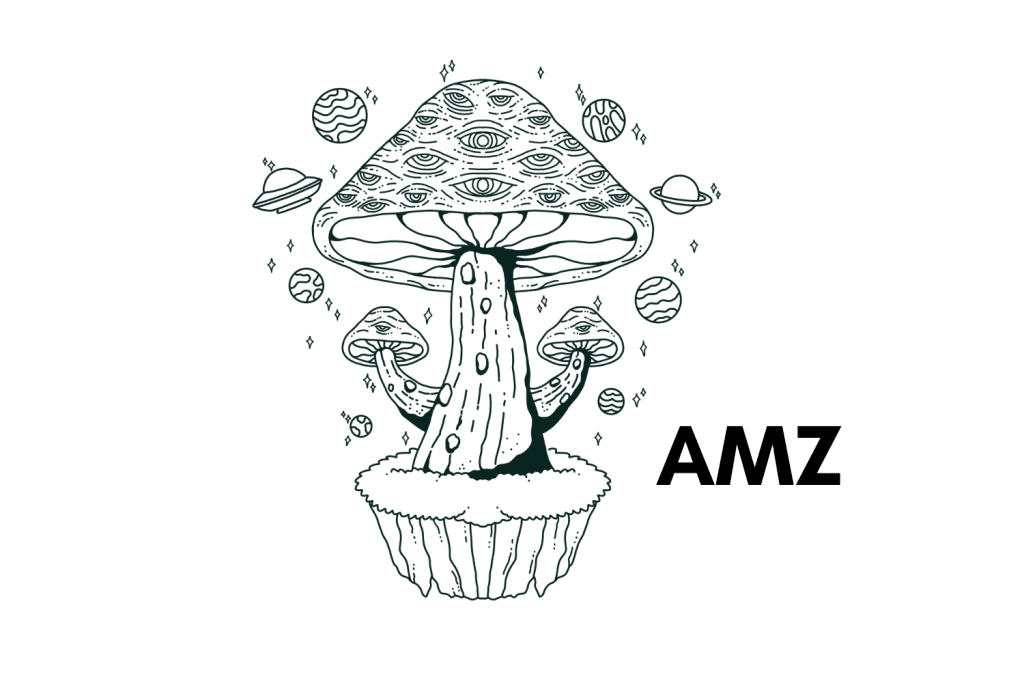
Amazon Shrooms
Amazon shrooms are likely close genetic relatives to the Xapuri strain, as is evidenced by the large shrooms it produces. It has hollow stems, which allows the fruiting bodies to grow rapidly, and the colonization process is also quick. This strain is less potent than the Xapuri strain, so it’s a good option for those who want massive fruiting bodies but don’t necessarily need a high dose of psilocybin.
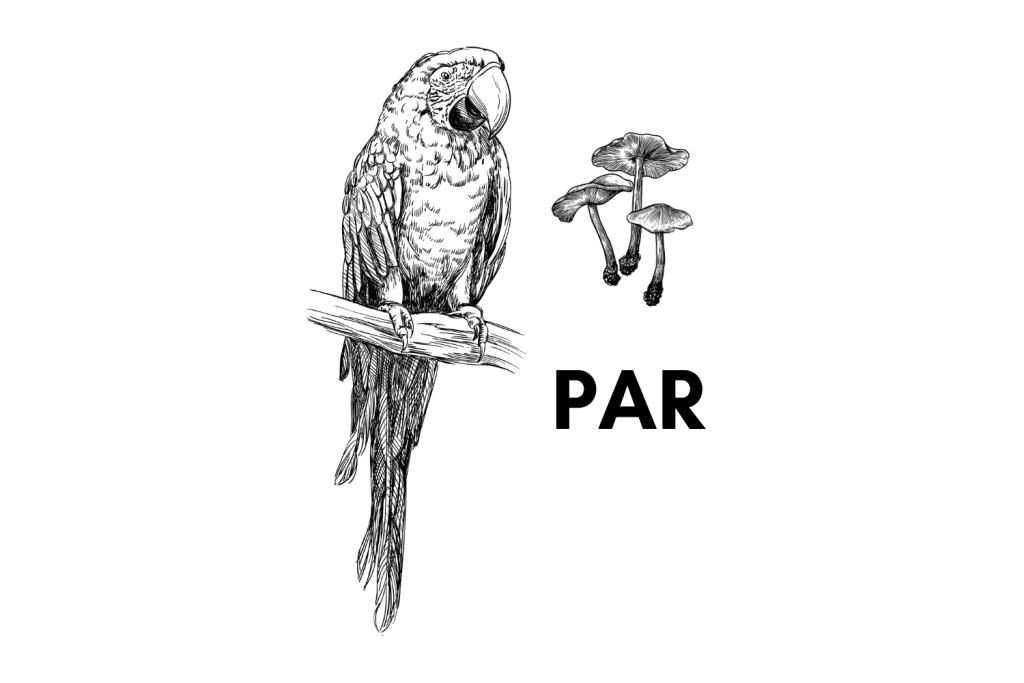
Paraguay Shrooms
The Paraguay strain is a close relative to the Amazon strain, sharing many characteristics. These include large fruiting body size, rapid colonization, and good resistance to mold. It’s more potent than the Amazon strain, but the fruiting bodies tend to be a bit smaller. This strain is also easier to cultivate than the Xapuri strain.
Strains vs. Species: What’s The Difference?
A magic mushroom “strain” describes a subset of shrooms within a species that produces a specific set of observable traits, like color, cap shape, potency, and growing habits. A magic mushroom “species” describes a classification of shrooms that all have identical genetics and can, therefore, breed with all other strains within the same species. There are hundreds of strains of Psilocybe cubensis, all of which have unique characteristics determined by their place of origin and growing conditions.
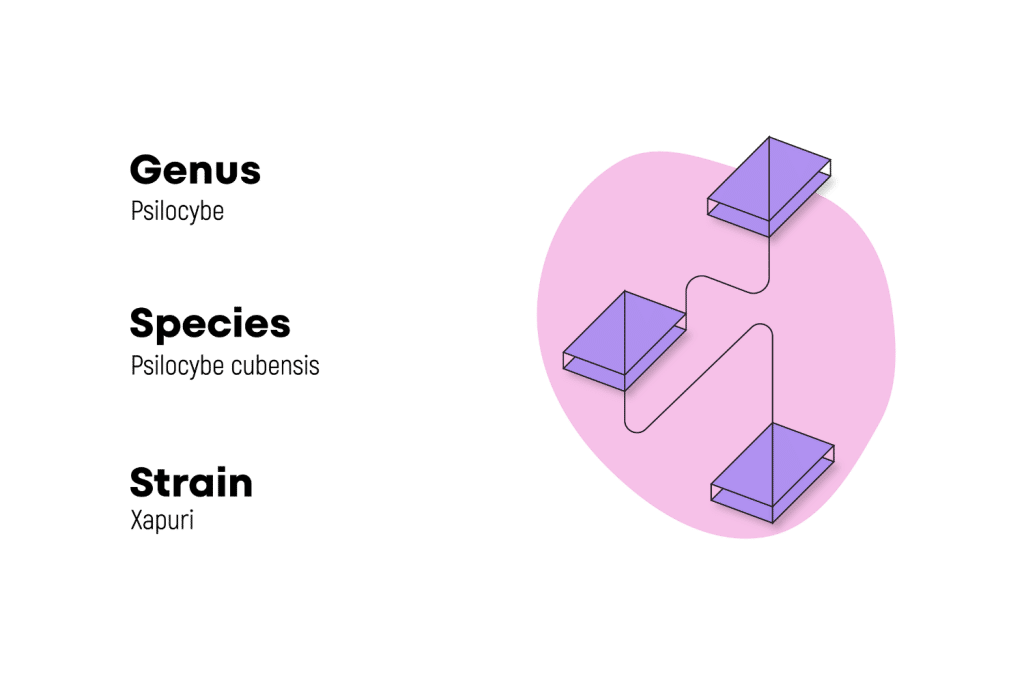
As humans, we differentiate between strains of plants we use often. There are hundreds of popular cannabis strains that look different and have varying levels of THC and CBD, but they all belong to the same species (Cannabis sativa). The same is true for crops like kratom and kava, as well as virtually all fruits and vegetables, garden herbs, sugar cane, and much more.
Final Thoughts: Xapuri Shrooms
The Xapuri shroom strain originated in Brazil, so it’s believed to be a close genetic relative of many other strains from South America. Like its relatives, its fruiting bodies are large and tend to be well above average when it comes to potency.
This strain can be a challenge to grow because of the size and weight of the caps, which can cause them to topple over in the fruiting chamber and be subjected to mold growth. If you’re looking for a strain with large fruiting bodies but want something a bit easier to cultivate, you can try your luck with the South American, Orissa India, Amazon, and Paraguay strains.

